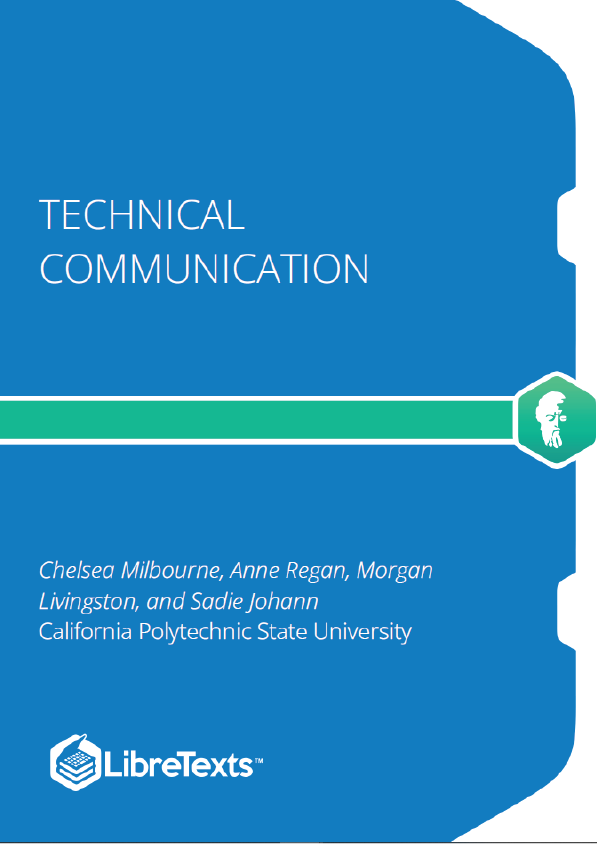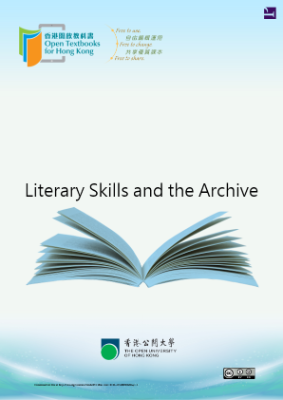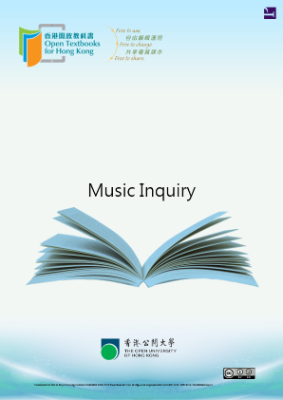Technical communication is an audience-centered means of communication that provides the reader with clear, accurate, and ethically represented information. According to the Society for Technical Communication, this type of communication includes the following characteristics:
“Communicating about technical or specialized topics, such as computer applications, medical procedures, or environmental regulations.”
“Communicating by using technology, such as web pages, help files, or social media sites.”
“Providing instructions about how to do something, regardless of how technical the task is or even if the technology is used to create or distribute that communication.”
ACADEMIC WRITING VS. TECHNICAL COMMUNICATION
Technical communication is distinct from the academic forms of writing you may be more familiar with. The academic writer’s purpose may be to write an essay, a story, a research paper, etc. Such assignments are often designed so that students can “write to learn” and show mastery of information covered in class. These works may or may not have an audience other than the professor.
Technical communication, however, is intended for another purpose. These documents convey information to audiences who may or may not have prior knowledge of the material discussed. Technical communicators must, therefore, determine the needs of their audience and design documents that convey information in an accessible and appropriate manner. Depending on the context of communication, it might also be necessary to convey information in a concise and efficient manner, succinctly presenting points and cutting extraneous or potentially distracting material.
VISUAL FORMATTING AND EXPLANATORY LANGUAGE
Another key difference that distinguishes technical communication from academic writing is the importance of visual formatting and explanatory language. Visual formatting and explanatory language are the basic design elements of technical documents. Visual formatting—e.g., headings, subheadings, or a table of contents—shows the hierarchical structure of information and orients the reader within a text. The explanatory or descriptive language provides the reader with a clear understanding of the information discussed. This type of language can include explicit details of technical information as well as information about the purpose of the document, how the document relates to the reader’s needs, and what action is expected of the reader.
Visual formatting and explanatory language make technical documents functional and easy to navigate. For example, if a technical report details funding for numerous departments, the superintendent for a particular department might not want to read the entire document. Instead, the superintendent may choose to only read the sections pertaining to his or her department. A well-designed technical document should enable a reader to scan through the document and easily find and comprehend the sections relevant to his or her needs.











